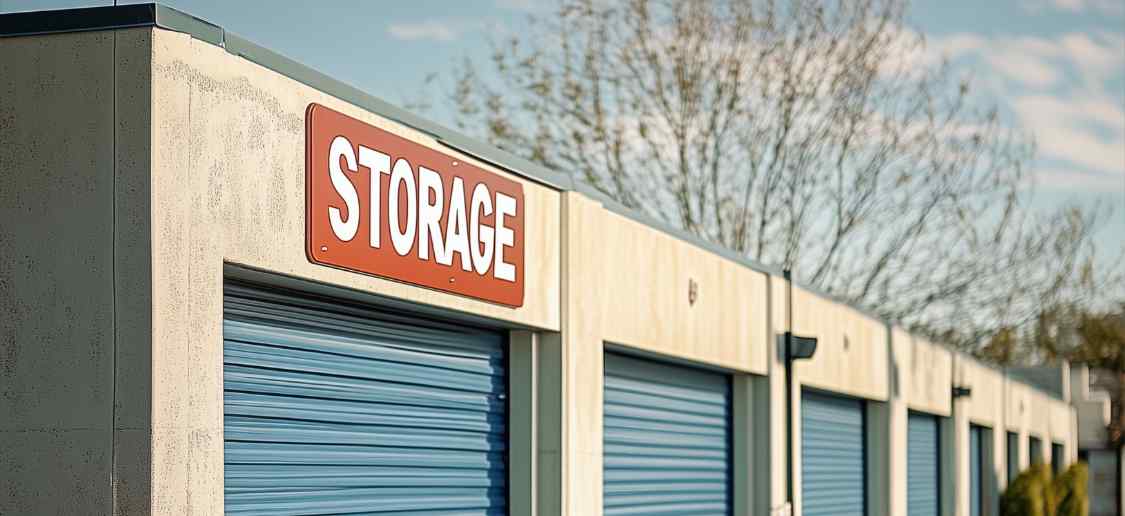
Sometimes, life changes in ways that require us to store furniture for a long time. You might be moving abroad for work, renovating your home, or downsizing temporarily. In such cases, a question often comes up that can we store our Furnitures for more than a year? The answer is yes. But just like any decision, long-term furniture storage comes with its pros and cons. Let’s explore them in detail so you can make the right choice.
Pros of Storing Furniture for Over a Year
1. Keeps Your Furniture Safe from Damage
Long-term storage units are designed to protect your furniture from dust, moisture, pests, and accidental damage. This is especially important if you own valuable or antique pieces that would suffer in a regular garage or basement.
2. Ideal for Temporary Relocation
If you are moving to another city or country for work or studies, you don’t have to sell your furniture. Long-term storage lets you keep your belongings safe until you return, saving you the cost of buying new furniture later.
3. Perfect During Extended Renovations
Major home renovation projects can take months or even more than a year. Instead of keeping your furniture in a dusty, noisy, and unsafe environment, a storage unit ensures everything stays in good condition until the work is done.
4. Climate-Control Options
Many storage companies offer climate-controlled units. These maintain steady temperature and humidity, preventing wood from warping, fabric from developing mould, and metal from rusting. This is a big plus for long-term storage.
5. Extra Space at Home
If you have limited space, long-term storage can help you declutter your home without parting with items you still love or need. This way, your living space remains organized and stress-free.
Cons of Storing Furniture for Over a Year
1. Ongoing Cost
The biggest downside to long-term storage is the rental fee. Over 12 months or more, costs can add up. While it may still be cheaper than replacing high-quality furniture, it’s something you need to factor into your budget.
2. Less Accessibility
If you choose a storage facility far from your home, accessing your furniture might be inconvenient. Some facilities allow regular access, but others have restrictions, especially for long-term contracts.
3. Risk of Neglect
Out of sight, out of mind — sometimes people forget about items kept in storage for years. Without periodic checks, small issues like moisture or pests could go unnoticed, potentially causing damage.
4. Emotional Attachment vs. Practical Use
You may store furniture for sentimental reasons, but if you won’t actually use it when you retrieve it, you might be paying for storage unnecessarily. It’s important to weigh emotional value against cost and practicality.
5. Moving and Packing Effort
Packing furniture for long-term storage requires time and effort. You need proper wrapping materials, padding, and careful transport to avoid damage during the move into storage.
Tips for Long-Term Furniture Storage
- Choose the Right Facility – Look for one with good security, climate control, and positive reviews.
- Clean Everything First – Dust and clean your furniture before storing to prevent stains and odors.
- Disassemble Large Items – Beds, tables, and wardrobes are easier to store when dismantled.
- Use Quality Covers – Avoid plastic wraps that trap moisture; instead, use breathable covers.
- Check Periodically – Visit your storage unit every few months to ensure everything is in good condition.
Final Thoughts
Storing furniture for over a year can be a smart move if you’re relocating, renovating, or simply need extra space. The key is to balance the benefits of safety and convenience with the cost and effort involved.
By choosing the right facility and preparing your furniture properly, you can keep your belongings in great condition until you need them again.
Read More: Furniture Storage inTier 1 Cities
FAQs
- Is it safe to store furniture for more than a year?
Ans: Yes, if you choose a secure and well-maintained facility, your furniture can stay safe for years.
- Will my furniture get damaged in storage?
Ans: Not if it’s cleaned, wrapped, and stored properly in a climate-controlled unit.
- How much does long-term furniture storage cost?
Ans: It depends on the size of your unit, location, and additional features like climate control.
- Can I store wooden and upholstered furniture for years?
Ans: Yes, but make sure the storage has humidity control to prevent mold, warping, or fabric damage.
- Should I insure my furniture in storage?
Ans: Absolutely. Insurance gives you extra protection in case of theft, fire, or other unforeseen events.







